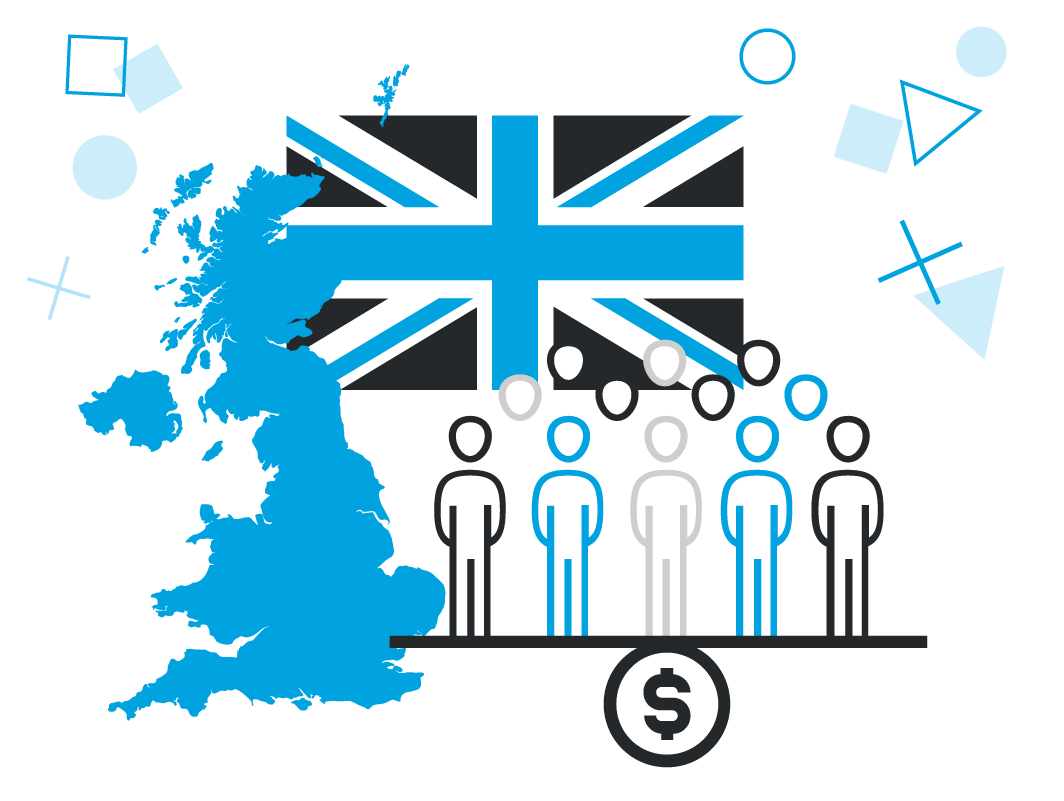![]()
In response to the EU Pay Transparency Directive, which requires employers operating in European Union member states to report on pay data, Trusaic will be evaluating the state of each country in the EU’s current gender pay gaps and the path toward compliance.
The impetus for the EU Pay Transparency Directive was to address the 12.7% gender pay gap in the European Union. While countries such as Belgium and Spain are farther along in closing the gender pay gap, Germany is one of the EU member states with a sizable pay gap.
Germany’s current gender pay gap sits at 18%, which is largely unchanged since 2020, but an improvement from 23% in 2006. On an adjusted basis, the gap was 6% in 2023, according to the country’s Federal Statistics Office.
Larger German employers (500+ employees) currently have reporting requirements to comply with but they fall well short of the EU Directive standards. Thus, all German employers will have to make a significant adjustment to make ahead of its anticipated implementation in June 2026.
Quick Action Items for German Employers
German employers should move swiftly to prepare for the upcoming pay transparency and reporting requirements under the EU Directive.
Navigate the Complexities of Global Pay Data Reporting
Organizations will need to take preliminary measures to begin reporting on their mean and median gender pay gaps. They will then need to expand on measures they are currently taking to remediate unexplained pay gaps of 5% or more.
Additionally, German employers will need to:
- Provide sufficient salary range information to job candidates.
- Not ask job candidates about their salary history.
- Report yearly pay gap and act when it exceeds 5%.
- Account for intersectional discrimination in pay practices and consider needs of workers with disabilities.
As we’ve previously noted, the EU Directive deliberately uses the wider term of “worker” versus “employee” to account for contractors.
Additionally, German employers should proactively evaluate their current pay practices and overall compensation philosophy. Employers can lean on pay equity software solutions to expedite this process and determine root causes of potential pay disparities.
In effect, by 2026, all large employers (250+ employees) must report gender pay gaps. By 2031, all smaller employers (100 or more employees) will have to comply.
For German employers, this will be a shock to the system given the minimal requirements currently in place.
Germany Employers’ Current Requirements
EU countries have until June 2026 to adopt the EU Pay Transparency Directive into law, which primarily introduces gender pay gap reporting measures.
Access Germany’s Gender Pay Gap Reporting Guide
German employers with 500 or more employees are required to submit a management report every 3 to 5 years. These reports must include:
- Measures taken to promote equality between women and men, and their impact on women.
- Measures implemented to achieve pay equity.
In addition, statistics disaggregated by gender are required on the average total number of employees, and the average number of full-time and part-time employees.
Companies that have not adopted measures to promote equality must explain why in their report.
Voluntary Reporting: In addition to the Equal Pay Report, companies with more than 500 employees are highly encouraged to carry out internal audits of their pay structures, however, this is not mandatory. The audit procedure includes data collection and analysis around the company's pay structures, and procedures for reporting on and eliminating wage gaps if they are discovered.
Right to Information: For companies with more than 200 employees, individuals have the right to request information about the salaries of co-workers in similar positions, as well as the criteria used to determine pay. A response must be provided within three months.
Companies must report within three months from the end of their fiscal year.
There are no sanctions for non-compliance. However, officers responsible for gender equality in organizations, Equal Opportunities Officers of the German Federal Administration, Federal Establishments and Federal Courts are required to promote implementation of the Act with respect to its enforcement.
Thus, employers will need to quickly acclimate to the enhanced risks associated with non-compliance under the EU Directive.
Complying with the EU Directive
The EU Pay Transparency Directive was approved in 2023, establishing a clear framework for EU member states to apply the principle of equal pay for equal work or work of equal value.
EU member states have three years from June 7, 2023 to transpose the directive into law. Likely implementation dates are 2026, however, some countries may enact legislation earlier. All 27 member states are required to adopt the directive.
Employers operating in EU member states can take several preliminary steps to ensure compliance with the upcoming legislation. The EU Directive includes a requirement for a Joint Pay Assessment where pay gaps are higher than 5%.
German employers should reevaluate recruitment processes to comply with salary range and salary history ban requirements. One way to achieve this is to create equitable, explainable, and competitive salary ranges. For example, is the base salary competitive and commensurate with employee skills?
Other items include:
- Pay explainability. Prepare to explain how you differentiate and define performance in setting base salaries. Pay transparency legislation means workers must be given access to criteria used to define salary and pay raises.
- Analyze pay gaps. Identify the causes where pay disparities exceed 5%. If there is no objective justification, we recommend addressing any anomalies to remove those unexplained gaps.
- Intersectional pay equity audit. Intersectionality is essential to close the gender pay gap. It recognizes that individuals can experience discrimination and inequality based on the intersection of multiple identities, such as race, gender, disabilities, age, and more. As noted above, intersectional discrimination is defined in the EU Transparency Directive.
Trusaic is GDPR compliant and can assist any organization in any EU state in meeting its obligations under both the EU Corporate Sustainability Reporting Directive and the EU Pay Transparency Directive.



